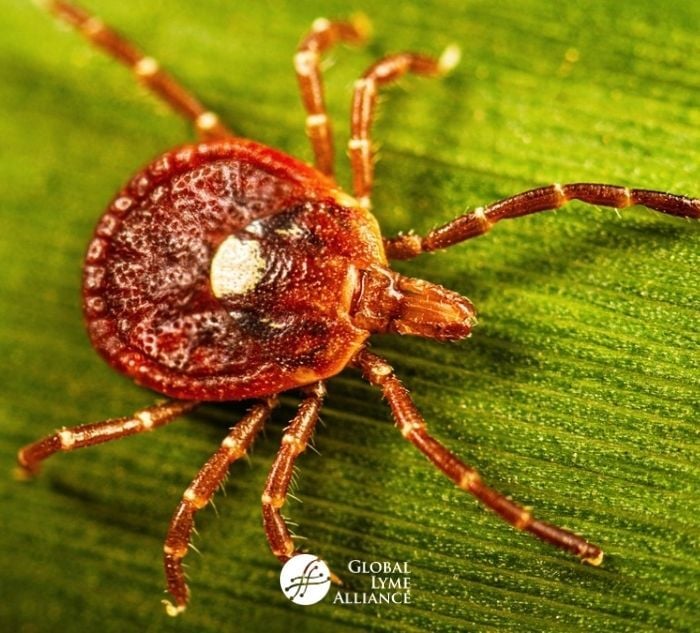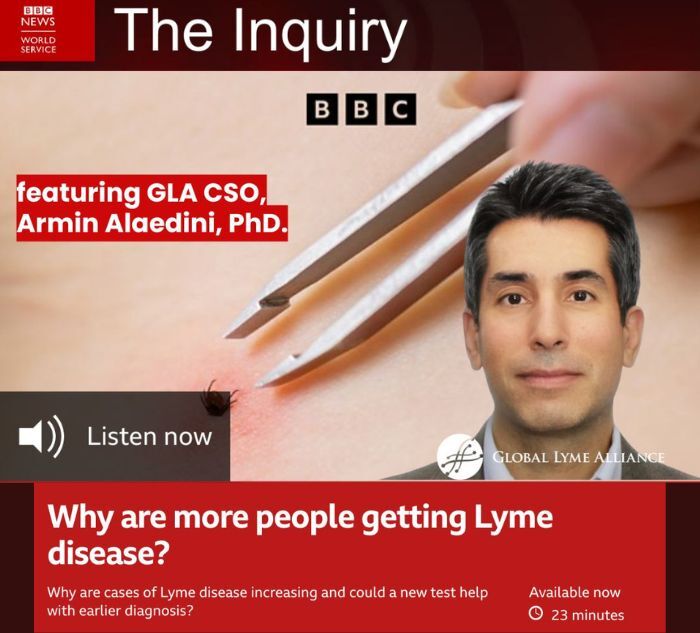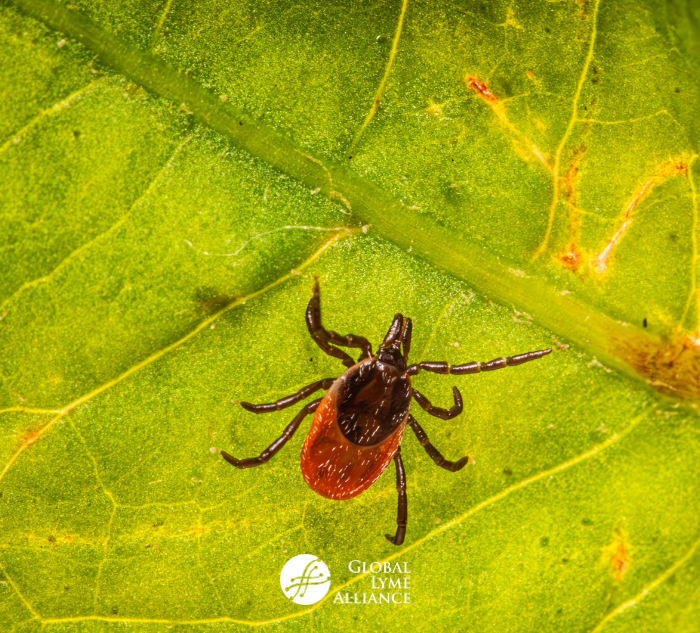
You're in remission from Lyme disease? That's great news! Click to discover key practices to help you stay healthy and avoid potential relapse.
The first time my doctor said the word “remission” for my late disseminated Lyme disease, I cheered. I’d been in treatment for Lyme and two of its co-infections, babesiosis and ehrlichiosis, for over a year. I’d been on a PICC line, I had experienced many Herxheimer reactions, and I had finally regained some energy. I was having more good days than bad, could exercise at physical therapy, and my brain fog had dissipated enough for me to be able to write a book. I was doing so well that my doctor decided to take me off of antibiotics entirely.
Less than three months later, I relapsed.
Not fully understanding what it meant to have a chronic illness—one that wasn’t entirely going away, even when it was in remission—I’d acted as if I was completely over Lyme. After living with family during my convalescence, I was ready to get back out on my own, so I moved to a different state and started a new job. This turned out to be too large of a leap. The stress of taking care of my own needs, working part-time and worrying about finances, and the lack of defense in my body created a perfect situation for dormant Lyme bacteria to start replicating and spreading once more.
It took another couple of years for me to get back to remission.Once there, I had to accept that late-stage Lyme is a relapsing illness. For some patients who are treated immediately, Lyme can be cured. But for many of us who were undiagnosed for years and battle persistent physical and neurological symptoms, we always run the risk of relapse. While we can’t necessarily control what spirochetes will do, we can control external factors in our lives that can help us stay healthy for long periods of time. With the exception of minor flare-ups, I have maintained remission for over a decade now. Here are some ways I’ve been able to do so:
- Medication: For me, it has helped to stay on low-dose antibiotics and a low-dose anti-inflammatory medication. I also do a maintenance anti-malarial medication every few months to keep babesiosis at bay. I have my blood checked every two months to make sure these medications are not adversely affecting me. This is the system that has worked best for me, but it’s not for everyone, because there is no set protocol for treating tick-borne illness; every case is different. Some people find it helpful to pulse medications. Others have luck going off them entirely, and some switch to a completely naturopathic route. Talk to your Lyme Literate Medical Doctor (LLMD) about what’s best for you.
- Naturopathic/homeopathic remedies: For me, the best way to treat tick-borne illness and maintain my health has been with a blend of Western and Eastern modalities. In addition to medications, I also take some immune-boosting naturopathic and homeopathic supplements.
- Nutritional Supplements: Lyme disease, and some of the medications that treat it, can deplete your body of important nutrients. It’s important that you have regular blood work to check your levels for vitamins, iron, etc., and for your doctor to prescribe supplements to counter any deficiencies.
- Diet: I don’t eat gluten and only eat natural sugars, and I don’t consume alcohol or caffeine. For some Lyme patients, eliminating dairy also helps reduce inflammation. I’m conscious of everything I put into my body, trying to nourish it and give it the best fuel possible. I eat lots of fruits and vegetables, whole grains, and lean protein, and I drink plenty of water. I also remember that it’s important to sometimes treat myself, too.
- Adjunct therapies: When I was acutely ill, I did talk therapy, integrative manual therapy, and neurofeedback sessions several times a week. I also did physical therapy once I was able to. Now I do talk therapy as needed, integrative manual therapy twice a month, and neurofeedback once a month. I also exercise on my own: skiing in the winter; paddle boarding, kayaking and swimming in the summer; and walking and yoga year-round.
- Good sleep hygiene: One of the worst symptoms I dealt with was insomnia, and even when I could sleep, I had hallucinogenic nightmares. It took neurofeedback, sleep medication, and cognitive behavioral therapy to get my sleep relatively back on track. Now I’m careful to go to sleep and wake up at the same time each day; to power down electronics and quiet my brain before bed; and to keep my room completely dark and quiet. I also nap every afternoon. Your body needs adequate rest to stay healthy.
- Recognize and accept your needs: If you’ve achieved remission, you’ve come a long way, and you don’t want to lose the gains you’ve made. Still, it can be hard not to focus on the losses you’ve endured, as well. I had to learn to accept and respect my physical and neurological limits, seeing them as needs rather than restrictions.
Accepting that tick-borne illnesses can relapse is not easy, but shifting my perspective and practicing good maintenance routines has helped me to stay healthy—and happy, too.
For more blog posts, click here.

Jennifer Crystal
Writer
Opinions expressed by contributors are their own. Jennifer Crystal is a writer and educator in Boston. Her work has appeared in local and national publications including Harvard Health Publishing and The Boston Globe. As a GLA columnist for over six years, her work on GLA.org has received mention in publications such as The New Yorker, weatherchannel.com, CQ Researcher, and ProHealth.com. Jennifer is a patient advocate who has dealt with chronic illness, including Lyme and other tick-borne infections. Her memoir, One Tick Stopped the Clock, was published by Legacy Book Press in 2024. Ten percent of proceeds from the book will go to Global Lyme Alliance. Contact her via email below.






-2.jpg)